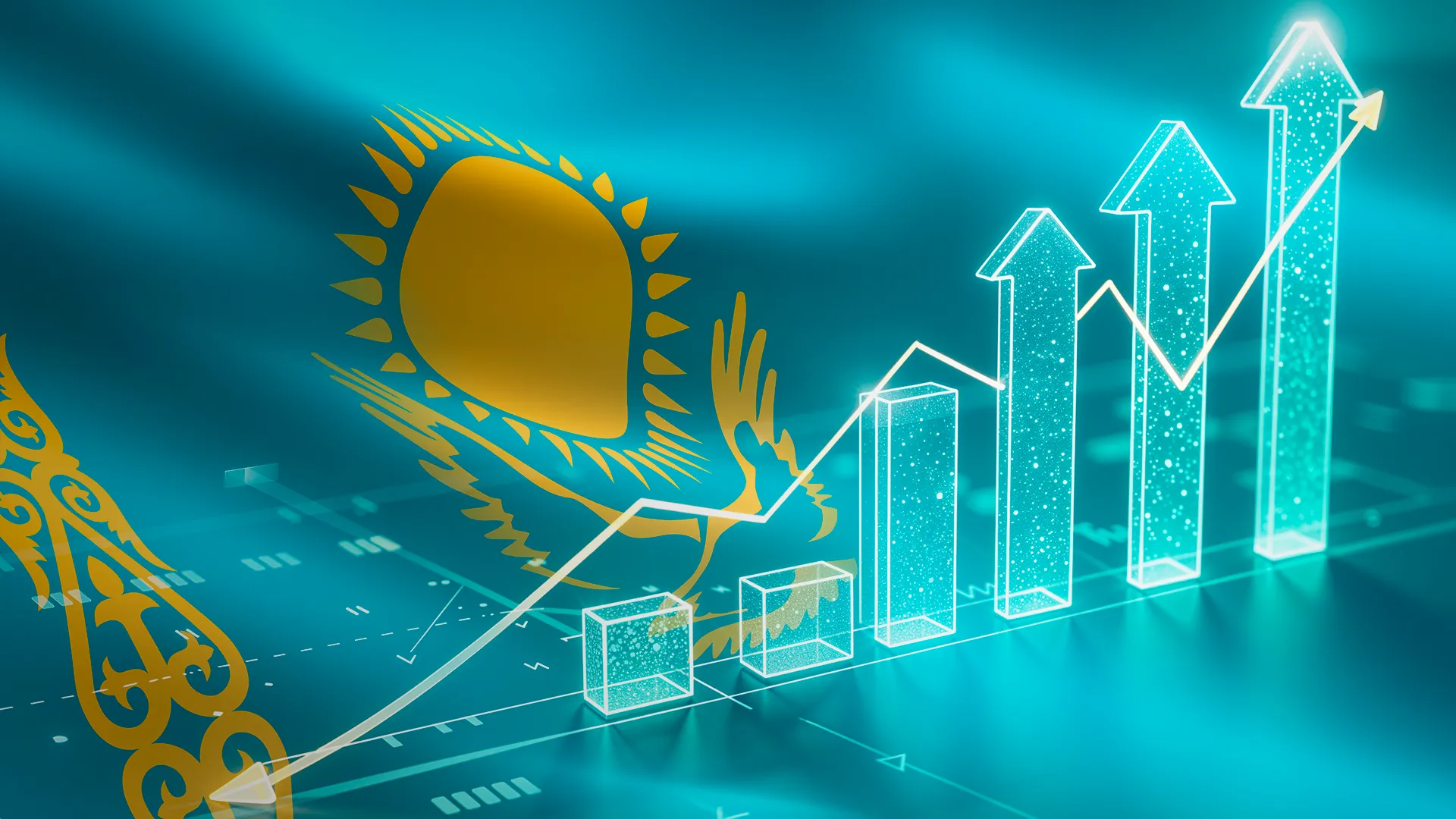
According to preliminary data from the Bureau of National Statistics, Kazakhstan’s gross domestic product (GDP) grew by 6.3% in January–July 2025 compared to the same period last year.
Goods production increased by 8.3%, while services rose by 5.2%, with the most dynamic segments being transport and trade. Industrial output expanded by 6.9%.
The largest contributions to GDP growth came from transport and storage (+22.5%), construction (+18.5%), wholesale and retail trade (+8.6%), mining (+8.5%), and manufacturing (+6.1%).
Transport and storage services posted a 22.5% increase, driven by high freight volumes in rail, pipeline, and road transport.
In the construction sector, the volume of work rose by 18.5% (compared to 18.4% in January–June 2025). The highest growth rates were recorded in the Turkistan Region (+34.6%)—supported by the construction of schools, railways, and highways; the Aktobe Region (+25.6%)—driven by the building of modern schools and road reconstruction; and the Zhambyl (+13.1%) and East Kazakhstan (+5.9%) Regions, where residential housing, healthcare facilities, and power transmission lines are under development.
Trade increased by 8.6% (versus 8.4% in January–June 2025). Over the reporting period, wholesale trade grew by 9.5%, accounting for more than 66% of overall growth, while retail trade rose by 6.6%. The most notable gains were seen in the Kostanay Region (+17.6%), North Kazakhstan Region (+12%), and Astana (+9.2%), supported by higher sales of grain, agrochemicals, food products, fuel, pharmaceuticals, and machinery.
Industrial production grew by 6.9%, with positive dynamics recorded in all regions. The fastest growth was observed in the Zhambyl Region (+18.2%), North Kazakhstan Region (+14.9%), the cities of Shymkent (+15.8%) and Almaty (+13.5%), and the Turkistan Region (+12.3%). In manufacturing, a 6.1% increase was driven by growth in machinery production (+14%), food manufacturing (+9.2%), petroleum products (+8.6%), chemical products (+6%), and metallurgy (+1.3%).
Output in agriculture, forestry, and fisheries remained stable at 3.7%. Livestock production grew by 3.4%, supported by higher milk yields (+6.1%), increased slaughter of livestock and poultry (+2.1%), and egg production (+0.9%).
The Government continues to closely monitor the implementation of Presidential directives to ensure sustainable economic growth, with a focus on supporting key economic sectors, diversifying the economy, and stimulating investment activity.